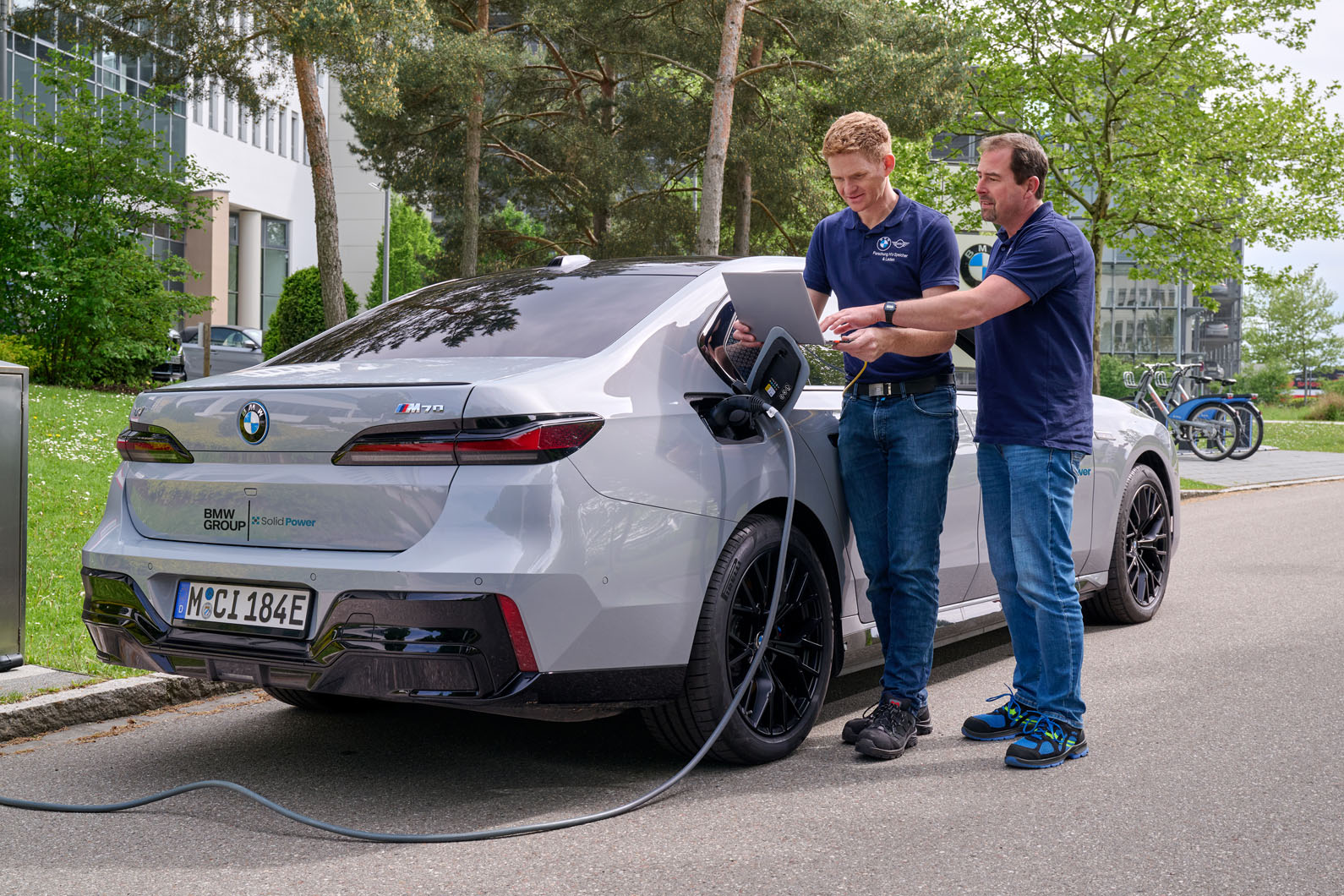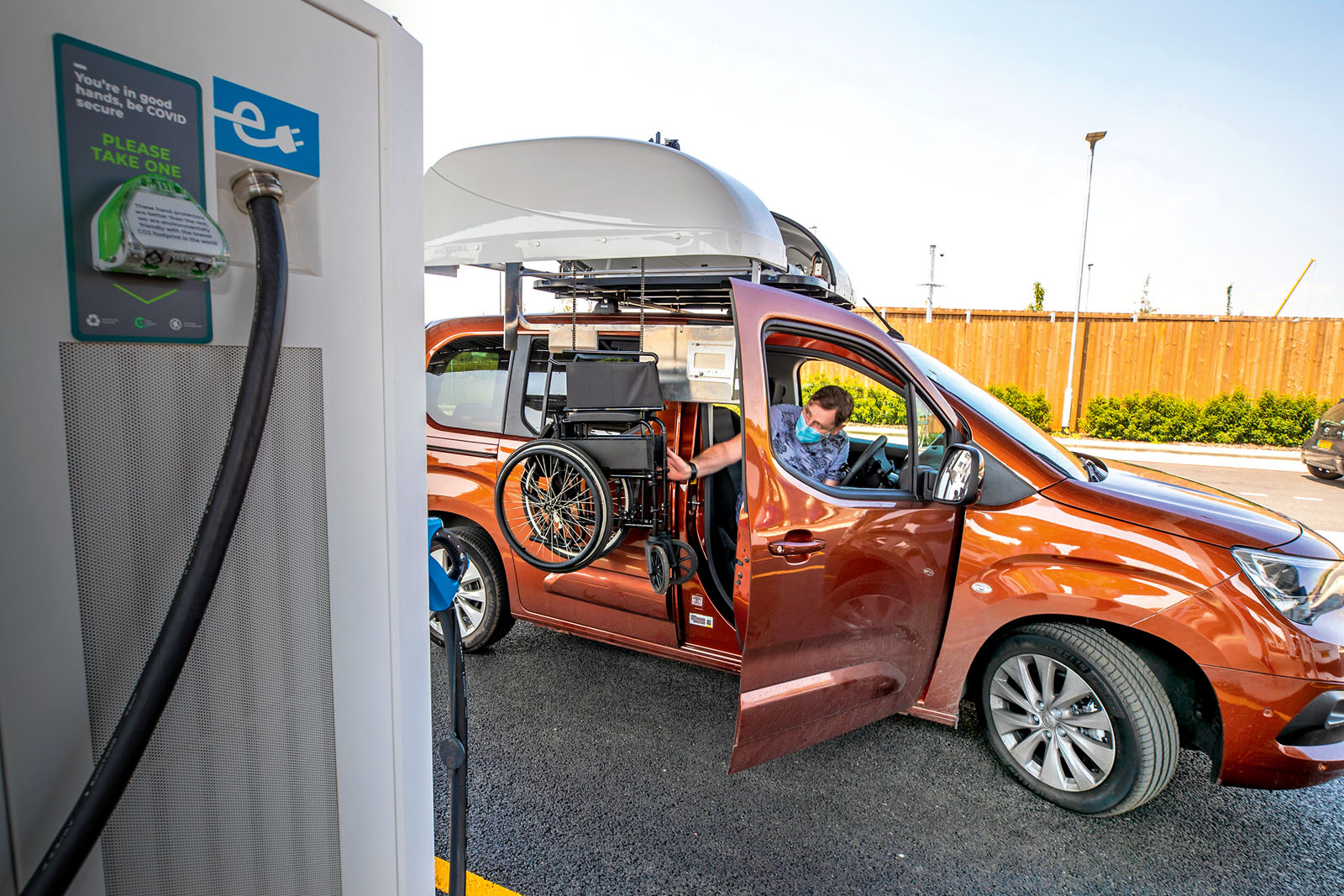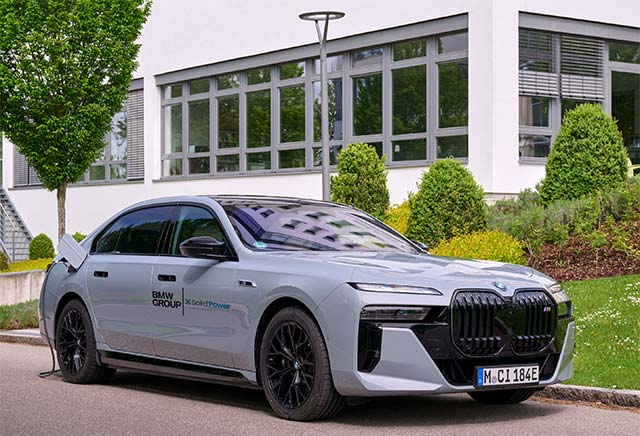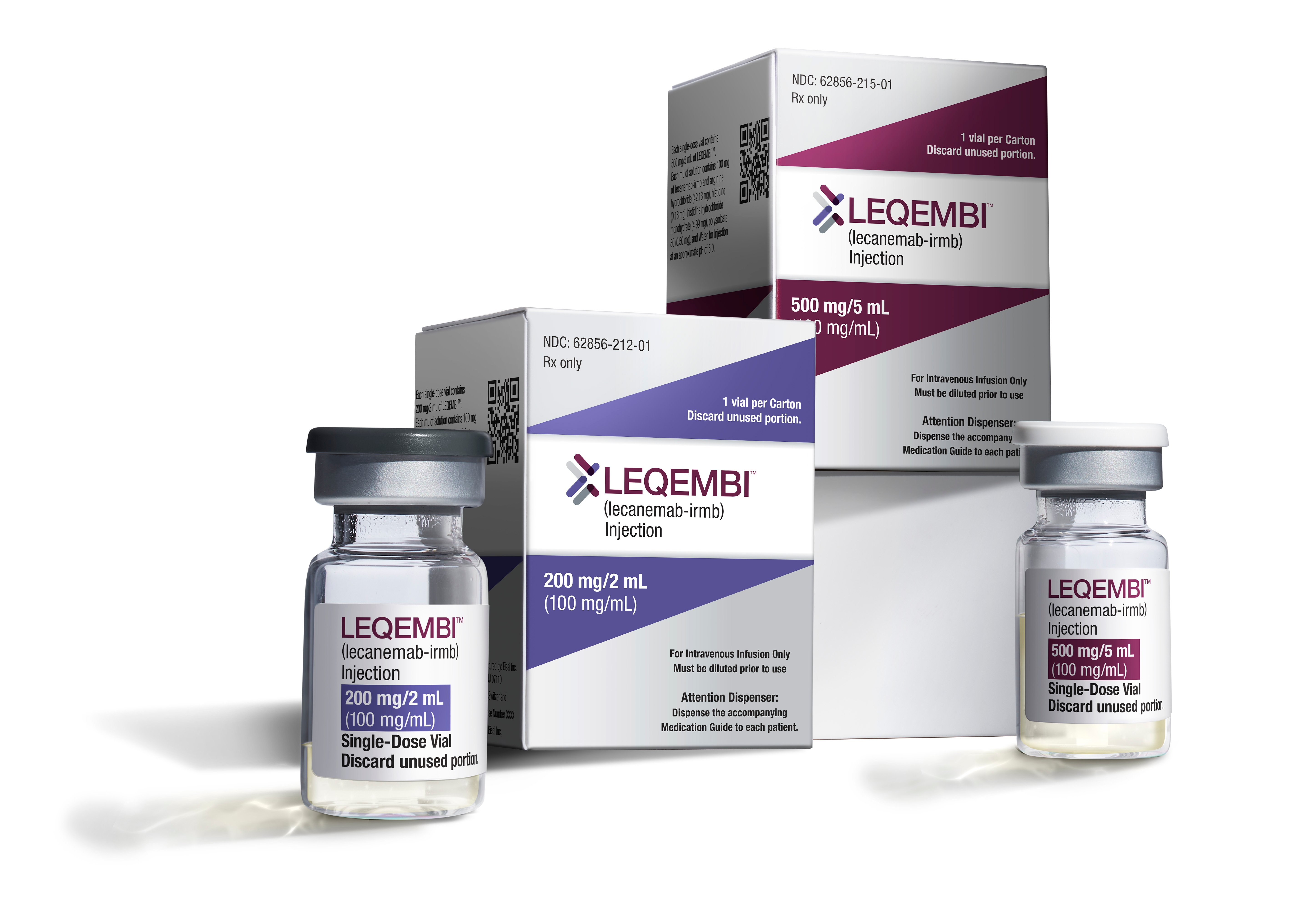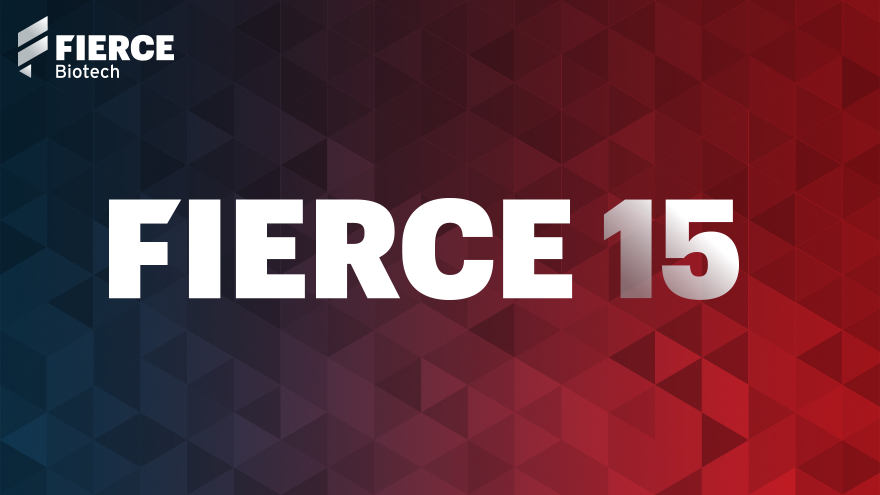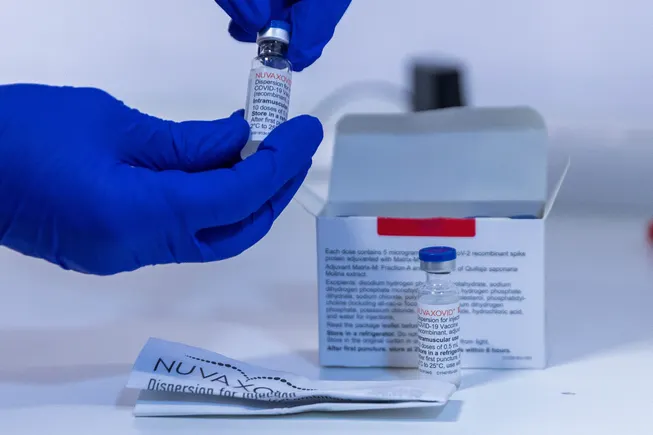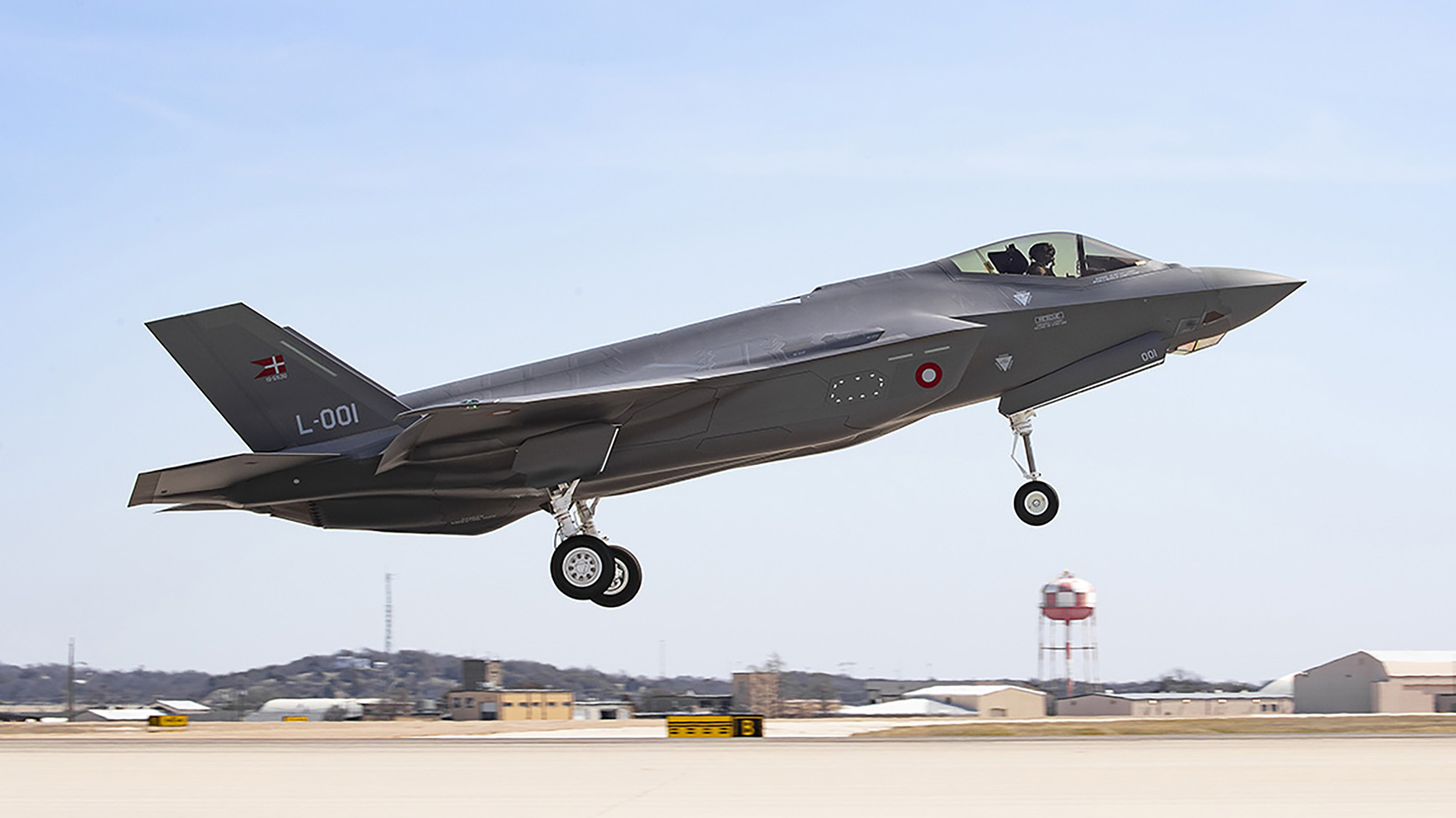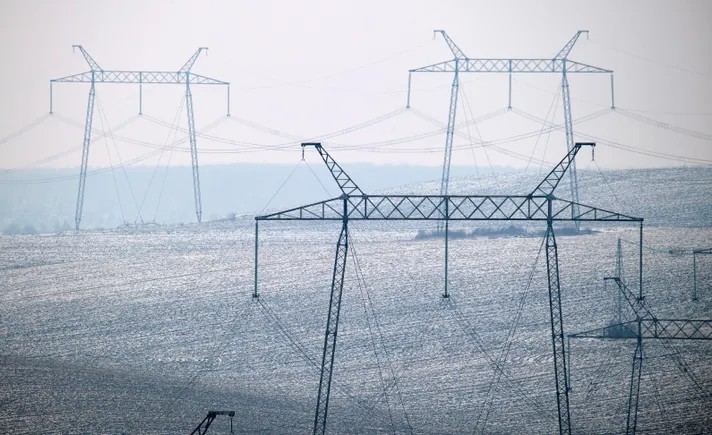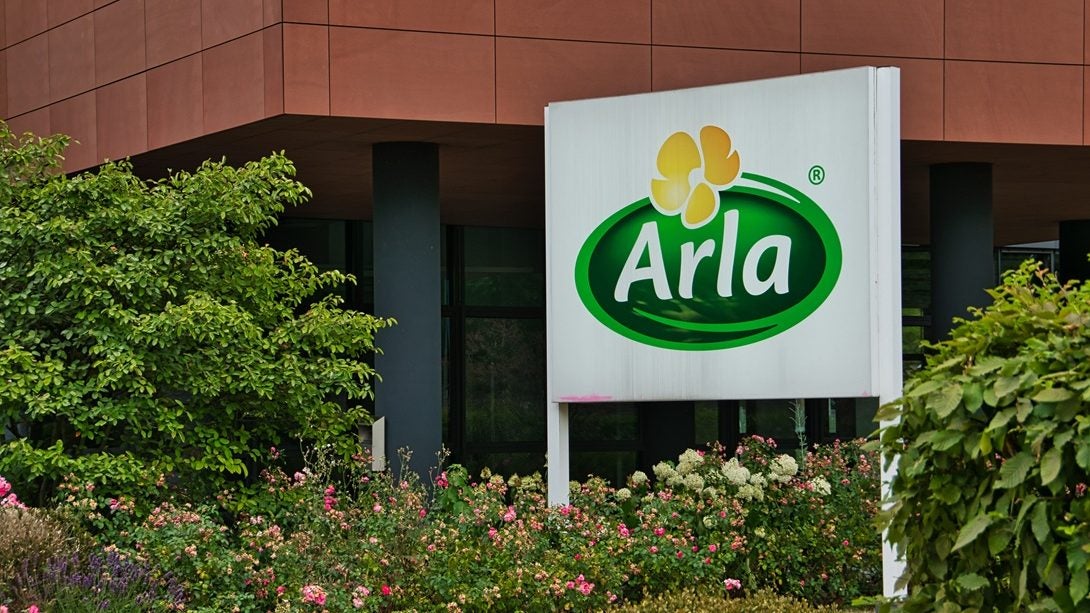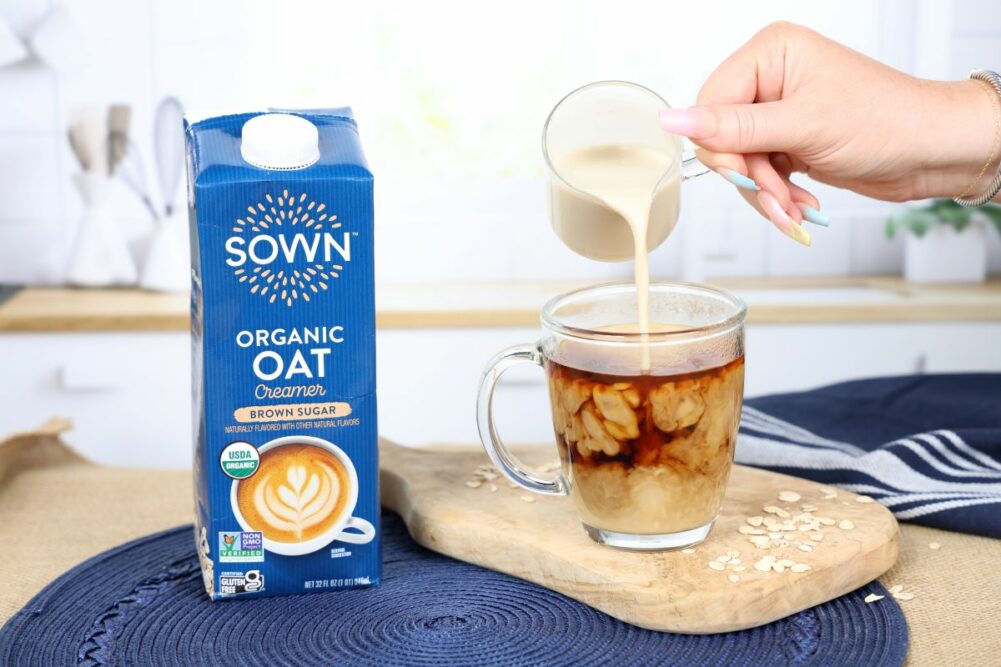Tuning Anion Chemistry to Enhance Bulk and Interfacial Stability in Low‐Temperature Lithium Metal Batteries
Advanced Energy Materials, EarlyView.

An in-situ polymerized electrolyte with ternary anions (dual Lewis acids) enables stable lithium metal batteries under low-temperature/fast-charging. Competitive coordination among these anions weakens solvation, controls polymer chains, and forms a lithiophilic Ag layer with a LiF-rich solid electrolyte interphase (SEI), ensuring rapid ion transport and cycling stability.
Abstract
The stable operation of lithium metal batteries in cold climates is significantly constrained by insufficient dynamics within both the bulk and interfacial regions of the electrolyte. In the study, an in-situ polymerized quasi-solid-state electrolyte employing a ternary-anion system with co-initiators to enhance its anti-freezing performance is proposed. A competitive strategy, driven by the co-initiators, modifies the Li+ coordination environment, weakening the solvation structure and regulating the molecular chain within the bulk electrolyte, effectively lowering the lithium transport barrier. Meanwhile, the polymer-based electrolyte facilitates the formation of a dual-layered interphase consisting of a LiF-rich layer and another layer enriched with silver on the lithium metal electrode. The synergistic effect of the bulk and interfacial phases results in a high Li+ transference number of 0.78 at −20 °C. Consequently, the electrolyte effectively inhibits lithium dendrite growth, enabling stable operations of Li symmetric cells for over 600 h at −20 °C and under a current density of 10 mA cm−2. Furthermore, Li||LFP cells cycled at −20 °C and 20 mA g−1 retain 93.65% capacity after 150 cycles. This work offers new insights into the rational design of multi-anion electrolytes with optimized bulk and interfacial properties for advanced low-temperature lithium metal batteries.













